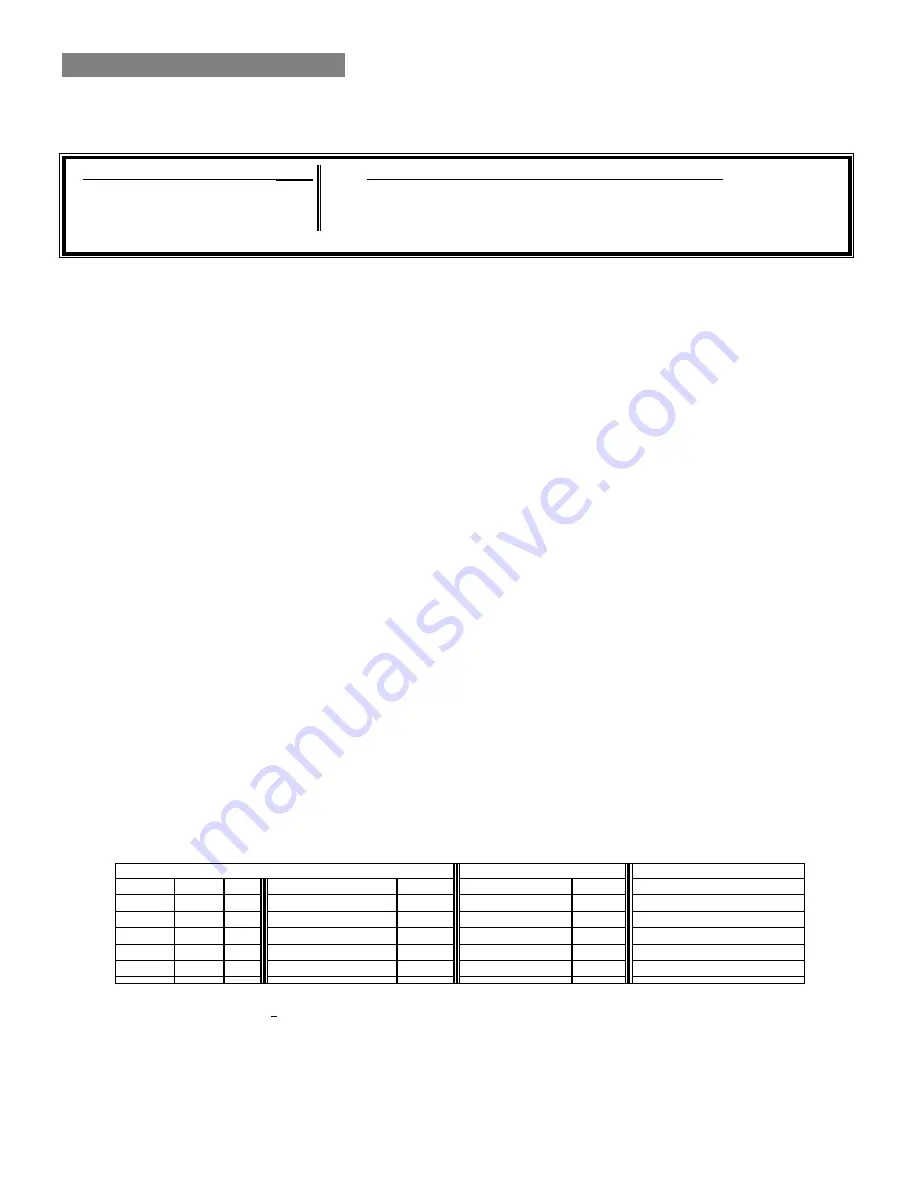
Section 3c
– OPERATION
9
Monitoring and Maintenance
Water Chemistry Parameters
-
VERY IMPORTANT NOTE!
Your
Lectranator Soft Touch Model ST 48
is designed to provide SANITIZER on a daily basis.
We recommend the following water chemistry ranges and periodic checks to monitor your systems efficiency. Always follow all local and state
requirements. Check the expiry date of the test kit as test results may be inaccurate if used after that date.
CHLORINE/BROMINE REQUIREMENTS:
During Peak SANITIZER Demand (rainy season or heavy bather usage) it may be
necessary to increase your SANITIZER level by increasing your Output Level setting and/or pump run time. Conversely, during Low
SANITIZER Demand, you can decrease your Output Level to a lower setting. For extremely Heavy SANITIZER Demand or to boost
your SANITIZER levels quickly, you can
Boost
the system or supplement with a Potassium Monopersulfate based shock. If the
water is clear but is difficult getting a bromine residual using DPD or test strips, we recommend using an OTO test kit.
NOTE: During cold-water conditions, below 60ºF, SANITIZER demand is reduced significantly.
For colder climate regions
with sustained low or freezing temperatures, contact your local pool professional for proper pool winterizing instructions.
WARNING:
Excessive chlorine levels can cause corrosion damage to stainless steel rails, ladders, heater heat exchangers, light
faceplates and other metallic equipment. Avoid over saturation of chlorine levels. The output setting must be sufficiently high to
maintain the recommended chlorine residual in the swimming pool/spa water. Provincial and/or municipal regulation must be
followed.
pH:
When pH levels fall below the recommended range, SANITIZER is used up quickly and can be damaging to equipment. For pH
levels higher than the recommended range, SANITIZER becomes less effective and works harder to keep your pool sanitized.
Improper pH also contributes to the strong smell, red eyes, dry itchy skin and brittle hair conditions associated with “too much
Chlorine”.
CALCIUM HARDNESS AND TOTAL ALKALINITY:
Your
Lectranator Soft Touch Model ST 48
provides 100% pure sodium hypochlorite
and does not affect the calcium hardness or total alkalinity levels. Maintain and balance only as needed.
CYANURIC ACID (STABILIZER/CONDITIONER):
This chemical goes by either trade name and allows the chlorine residual to
last longer by protecting it from the UV degradation of the sun. With low or no Cyanuric acid it is possible for the chlorine to be used
up as quickly as it enters the pool. Check and maintain your cyanuric acid levels at the same time as your salt level, as these tend to
deplete at the same rate. Regulations may exist regarding the use of cyanuric acid; please consult your local authority.
NOTE: For
Bromine or indoor pools, it is not necessary to add stabilizer.
SALT RESIDUAL:
Your
Lectranator Soft Touch Model ST 48
works most efficiently with salt levels between 2.8 – 3.2 g/l (2800-
3200 ppm). If it falls below 2.8 g/l (2800 ppm), determine the salt level and adjust according to the SALT REQUIREMENT. Low salt will cause
premature deterioration of the Cell blades. Maintaining high salt levels above recommended range can contribute to corrosion of
pool/spa equipment. Salt levels exceeding the recommended concentration can be reduced by diluting the pool/spa with fresh water.
BROMINE RESIDUAL:
Along with the normal Salt level, add 0.45 kg (1 lb) Sodium Bromide (NaBr) per 7500 L (2000 gallons) of
water Your
Lectranator Soft Touch Model ST 48
will now generate Bromine to purify your pool. Maintain your bromine level by checking
your salt level. Once your salt falls below the recommended range, we suggest you add 0.45 kg ( 1 lb) sodium bromide with every 22.5 kg
(50 lbs) of salt added. Always use a registered or scheduled source of sodium bromine..
SATURATION INDEX (Si):
a formula used to ensure that your total water chemistry does not fall into a scale forming or corrosive
condition. Either condition can cause premature damage t o the Cell, equipment and cementitious finish. Have your water
professionally tested periodically according to the Saturation Index or use this chart to determine your water balance.
Si = pH + TF + CF + AF – Constant
Temperature
TF
Calcium Har dness
CF
Total Alkalinity
AF
TDS
Constant
15.6C 60F
0.4
150
1.8
75
1.9
0 – 1000
12.1
18.9C 66F
0.5
200
1.9
100
2.0
1001 - 2000
12.2
24.4C 76F
0.6
250
2.0
125
2.1
2001 - 3000
12.3
28.9C 84F
0.7
300
2.1
150
2.2
3001 - 4000
12.4
34.4C 94F
0.8
400
2.2
200
2.3
4001 - 5000
12.5
39.4C
103F
0.9
600
2.4
250
2.4
5001 - 6000
12.6
Test your water for pH, Calcium Hardness, Total Alkalinity and TDS levels. Use the equivalent Factor in the Si equation.
Si = +0.3; balanced
Si above + 0.3; scaling, staining or cloudy water conditions.
Si below -0.3; corrosive to metals, etches/deteriorates plaster finishes or skin irritating conditions.
DO NOT add pool/spa chemicals directly to the skimmer. This may damage the cell.
Saturation Index:
± 0.3 pH of saturation
Visual Cell Inspection
for wear, scale or debris
Total Alkalinity:
100 – 120 PPM (pool & spa)
Cyanuric Acid:
30 –100 PPM (pool & spa)
Monthly Checks:
Calcium Hardness:
200 – 300 PPM (pool) 150-200 (spa)
Salt Residual::
2800 – 3200 PPM
1.0 – 3.0 PPM (pool)
1.0 – 3.0 PPM (pool)
3.0 – 5.0 PPM (spa)
3
.0 – 5.0 PPM (spa)
7.2 – 7.8
Daily Checks:
Free Chlorine:
Or Bromine:
Free Chlorine:
Free Bromine:
pH:
Summary of Contents for ST 48
Page 18: ......




































